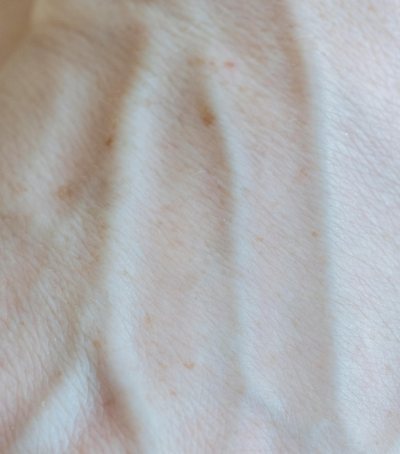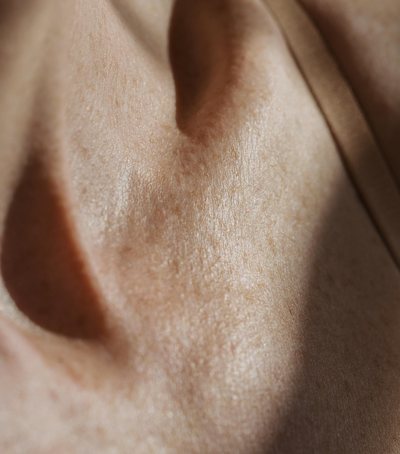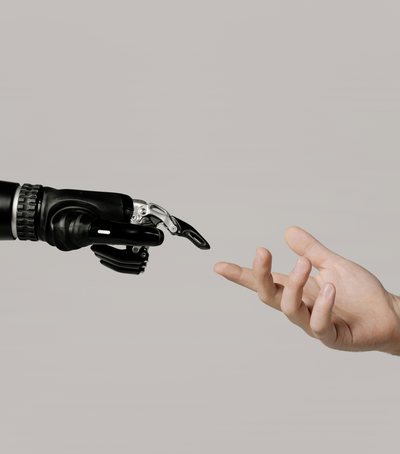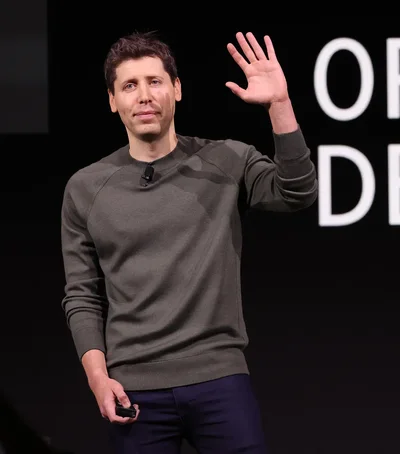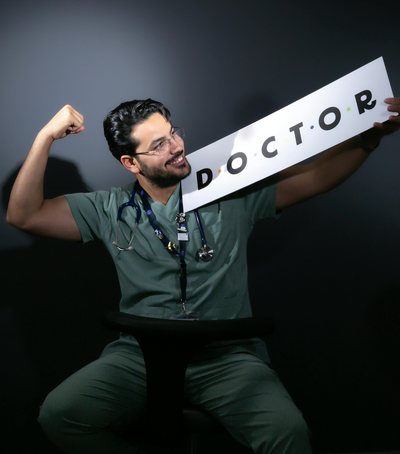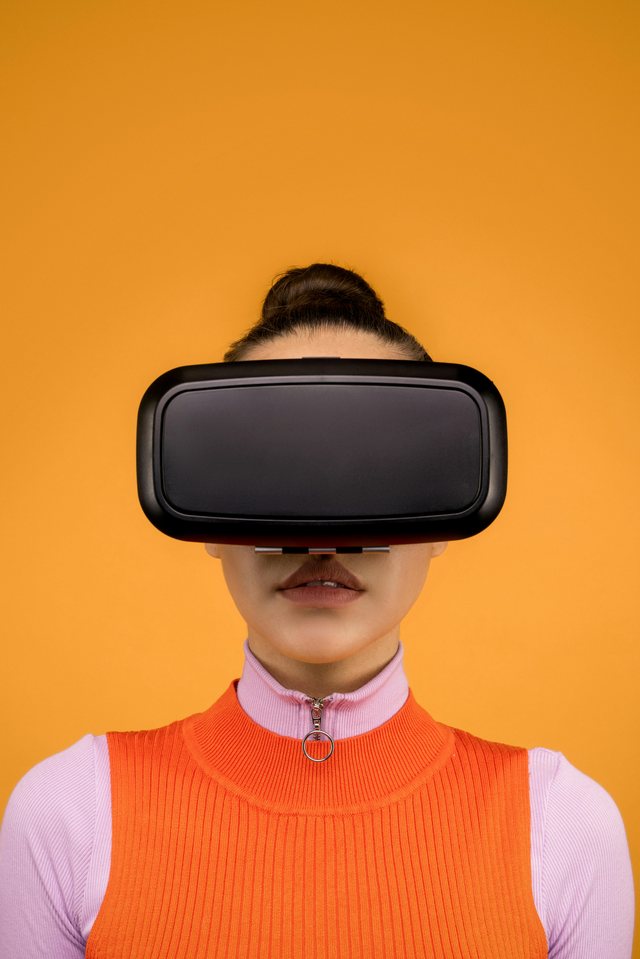
Once associated only with the world of entertainment and gaming, virtual reality (VR) and augmented reality (AR) are now transforming the way patients are treated and doctors are trained. Technology that once created imaginary worlds is now helping to heal the human body and mind.
A training laboratory for surgeons
No longer do young surgeons need to learn only from observation or traditional practices. Thanks to virtual reality, they can train in a virtual environment identical to the operating room, simulating complex procedures without putting real patients at risk. With the help of VR and AR, doctors can plan every detail of the intervention – from precise cuts to the positioning of instruments – significantly increasing the accuracy and safety during operations.
Medicine that heals through the mind
VR is also being used to reduce pain and anxiety during treatments. Patients undergoing difficult procedures can “travel” to a tranquil virtual world – a golden beach, a green forest or a place that brings them peace – while their bodies are being treated in reality. This significantly reduces the perception of pain and helps them stay calmer during the procedures.
New therapies for mental health
In the field of psychology, VR has become an innovative therapeutic tool. It helps patients suffering from phobias, trauma, or anxiety by gradually exposing them to controlled virtual situations. Thus, a person learns to face fears without real danger – an effective way to develop courage and restore mental balance.
The future of sensory medicine
Combined with artificial intelligence and biometric sensors, virtual reality is expected to create “sensory” medical environments, where technology recognizes a patient’s emotions and adapts accordingly. One day, VR could be used to diagnose emotional states or stimulate neurological recovery after brain injuries.
Essentially, virtual reality is restoring a new and more humane form of medical care to humanity – one that gives the patient control over their experience and the doctor the ability to see, feel, and react more accurately than ever before. In this way, technology is no longer a barrier between the doctor and the human, but a bridge that connects them through empathy, experience, and knowledge.
Photo by Sound On: https://www.pexels.com/photo/woman-in-a-long-sleeve-shirt-wearing-black-vr-goggles-3761137/

